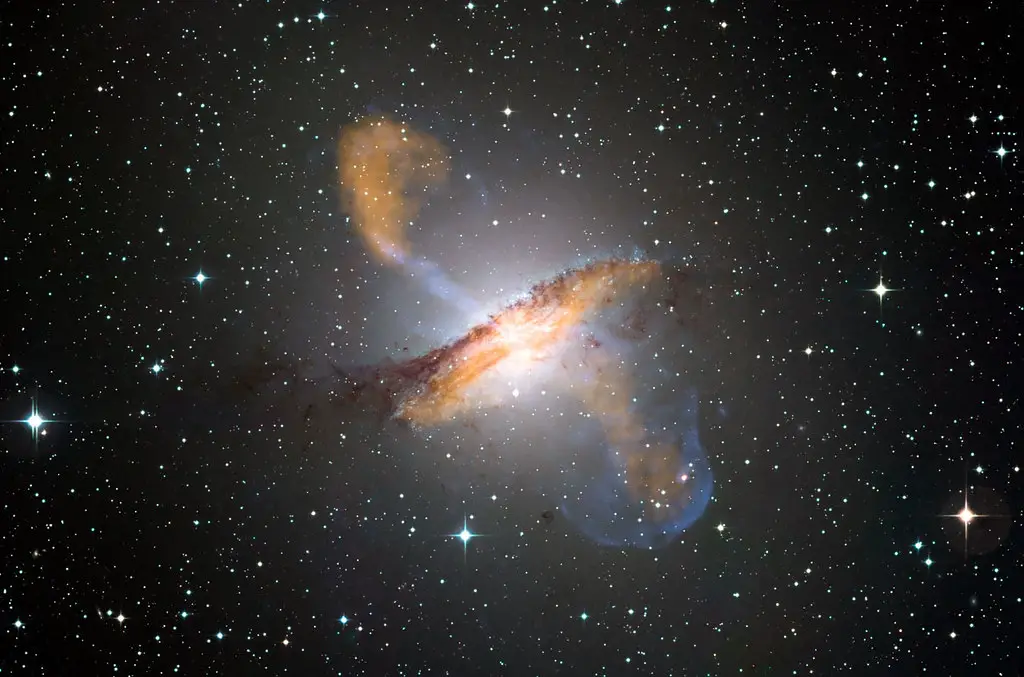A groundbreaking communication achievement has reshaped the concept of long-distance calls, with NASA’s Psyche spacecraft sending a laser transmission from a staggering 140 million miles away. This transmission, received by Earth, marks a significant milestone for space exploration and could revolutionize future endeavors beyond our planet.
Meera Srinivasan, the project’s operations lead at NASA’s Jet Propulsion Laboratory in Southern California, highlighted the importance of this breakthrough, stating, “This represents a significant milestone for the project by showing how optical communications can interface with a spacecraft’s radio frequency comms system.”
This remarkable feat was made possible by the utilization of a feature onboard the Psyche spacecraft called Deep Space Optical Communications (DSOC). DSOC, one of several tasks assigned to the droid, plays a crucial role in exploring 16 Psyche, a colossal asteroid with an estimated value of $100,000 quadrillion.
NASA’s objective with this breakthrough was to demonstrate the potential of laser communications across vast interstellar distances. Such technology promises high bandwidth and significantly faster connections—potentially 10 to 100 times faster than current methods—for communication between humans and their space probes.
Notably, alongside transmitting the laser message across a record-breaking distance, NASA successfully transmitted actual data collected from the spacecraft. Srinivasan elaborated, stating, “We downlinked about 10 minutes of duplicated spacecraft data. Until then, we’d been sending test and diagnostic data in our downlinks from Psyche.”
This achievement caps a series of successful communication efforts by the Psyche probe since its launch on October 13th atop a SpaceX Falcon Heavy Rocket. In a previous test run, Psyche sent data back from 19 million miles away at the system’s maximum rate of 267 megabits per second. Notably, this latest transmission, though slower at 25 megabits, still surpassed the project’s goal of proving at least 1 Mbps was possible at such distances.
NASA views this breakthrough as a glimpse into the future of space exploration, particularly for endeavors like sending humans to Mars. Psyche, scheduled to fly by Mars in 2026, will then proceed towards its primary destination, 16 Psyche, expected to be reached by 2029. This mission holds similarities to the explorers’ quest for the Northwest Passage, aiming to unravel the mysteries of this celestial treasure trove, rich in precious metals that could potentially disrupt the global economy.


